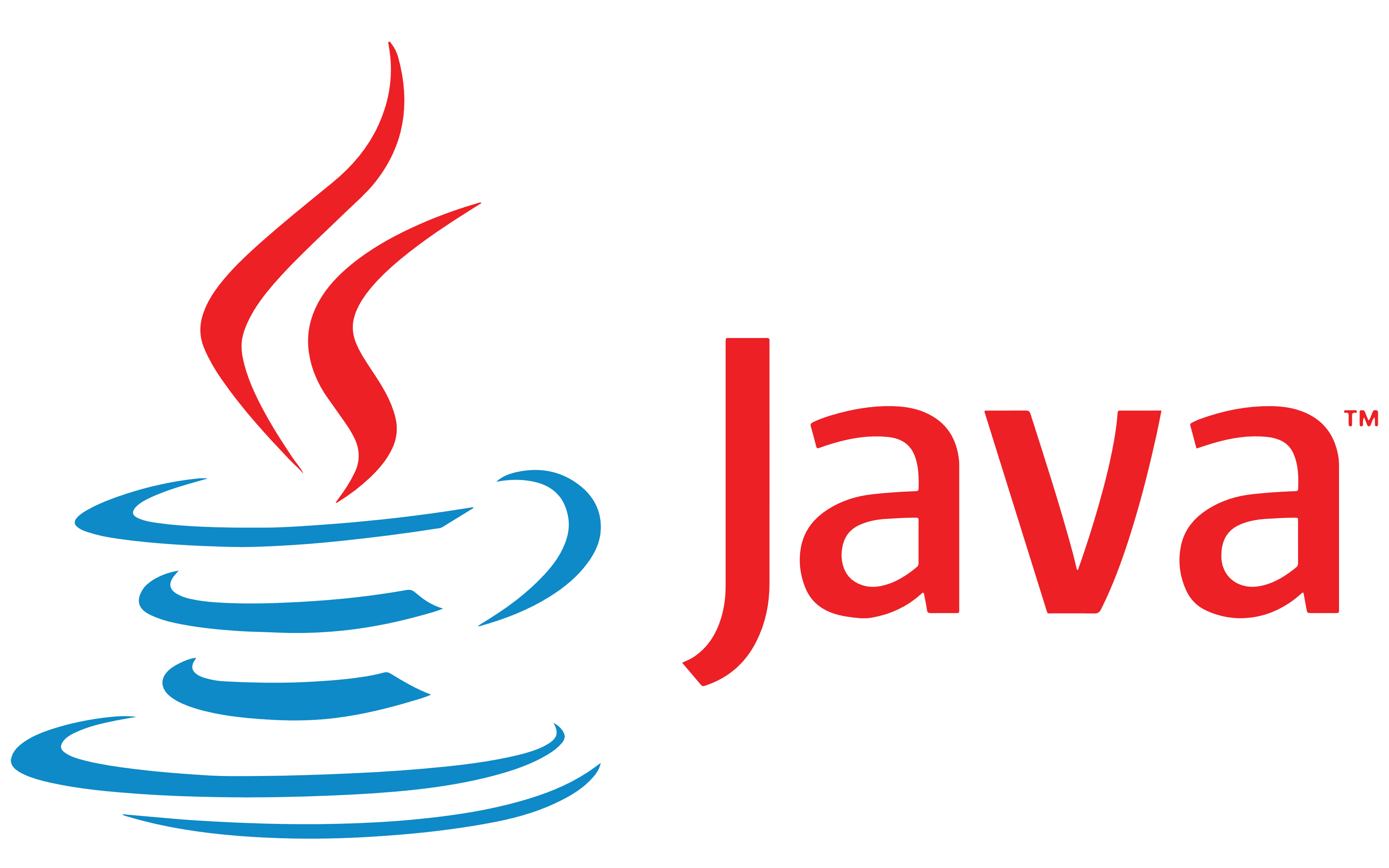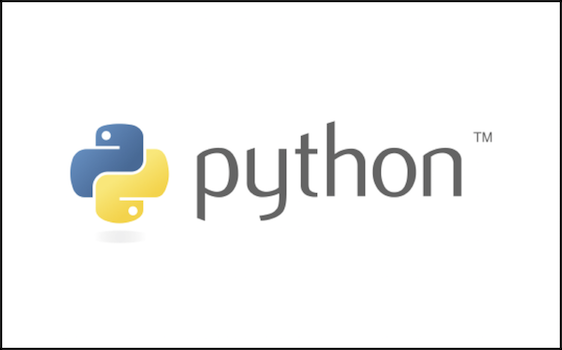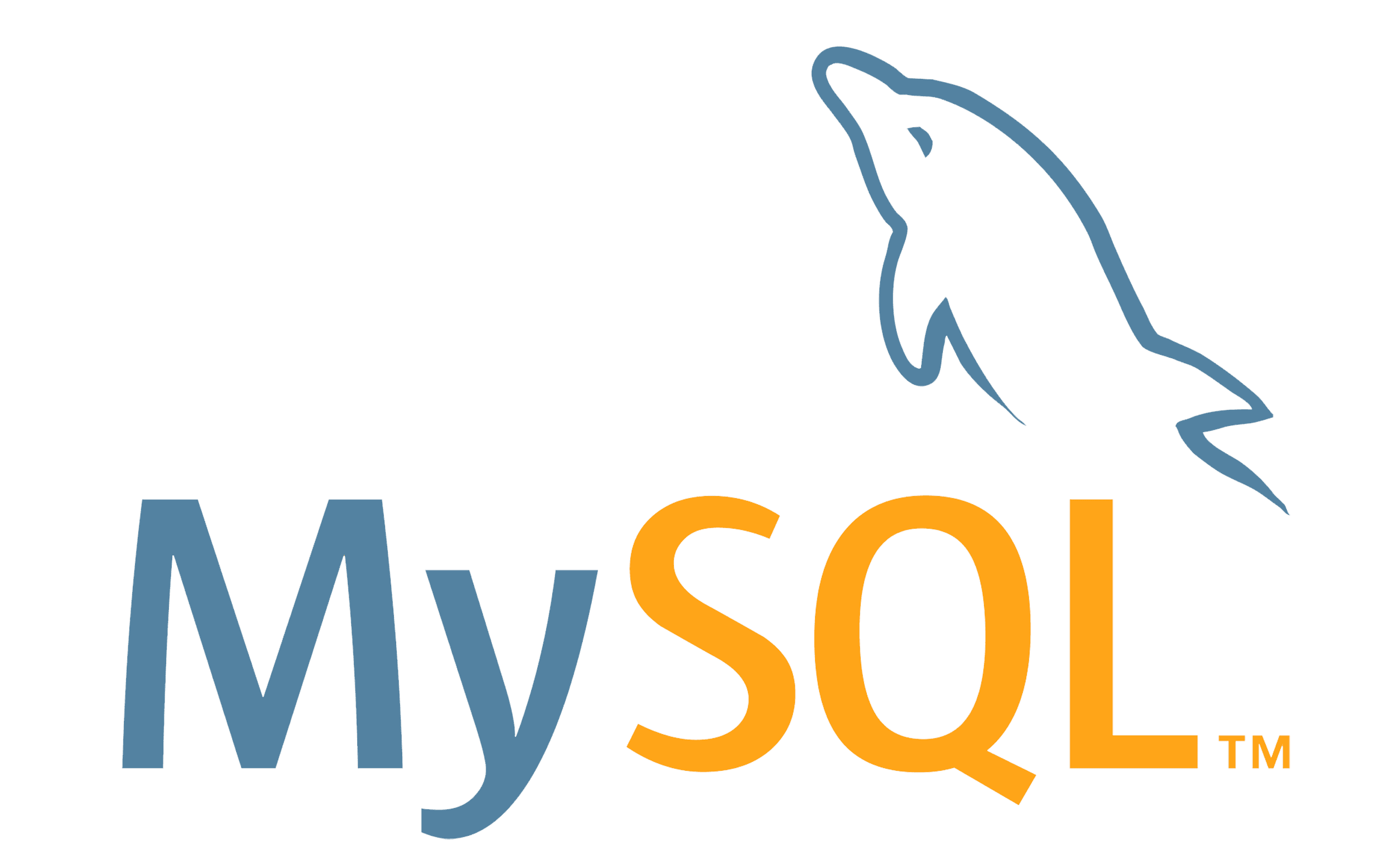Center For Technology Training And Innovation
IT Coaching Solutions and Career Development
Discover how we drive industrial innovation and talent development. From the latest in additive manufacturing to upskilling programs
Empowering Innovation, One Skill at a Time
Our Partners












Cyber Security Courses
Our Cyber Security Courses For Undergraduates And Post Secondary
Course Content
- Module 1: Fundamentals of Cybersecurity
- Definition and importance of cyber security
- Overview of cyber threats and attack vectors
- Basic security principles and practices
- Module 2: Understanding Cyber Threats
- Types of cyber threats (malware, phishing, social engineering, etc.)
- Anatomy of a cyber-attack
- Real-world case studies of cyber incidents
- Module 3: Cyber Security Frameworks and Standards
- Introduction to security frameworks (NIST, ISO/IEC 27001)
- Importance of compliance and regulations
- Implementing security policies and procedures
- Module 4: Protecting Information Assets
- Data classification and protection
- Importance of encryption and secure communication
- Role of access control and authentication
- Module 5: Cyber Security Best Practices
- Security awareness and training
- Incident reporting and management
- Developing a security-first culture
Course Content
- Module 1: Introduction to Network Security
- Importance of securing network infrastructure
- Basic networking concepts (IP addresses, subnets, protocols)
- Module 2: Network Security Devices and Technologies
- Firewalls: types and configurations
- Intrusion Detection Systems (IDS) and Intrusion Prevention Systems (IPS)
- Virtual Private Networks (VPNs)
- Module 3: Securing Network Architecture
- Designing a secure network topology
- Implementing network segmentation and zoning
- Best practices for wireless network security
- Module 4: Network Security Protocols and Practices
- Secure communication protocols (SSL/TLS, HTTPS)
- Network monitoring and logging
- Implementing network access control (NAC)
- Module 5: Hands-On Lab and Case Studies
- Configuring firewalls and VPNs
- Setting up IDS/IPS
- Analysing network traffic and detecting anomalies
Course Content
- Module 1: Introduction to Ethical Hacking
- Definition and purpose of ethical hacking
- Legal and ethical considerations
- Phases of penetration testing
- Module 2: Reconnaissance and Information Gathering
- Passive and active reconnaissance techniques
- Using tools for information gathering (Nmap, Wireshark, etc.)
- Identifying targets and vulnerabilities
- Module 3: Scanning and Enumeration
- Network scanning techniques.
- Identifying open ports and services
- Enumerating system information and user accounts
- Module 4: Exploitation and Gaining Access
- Understanding and exploiting vulnerabilities
- Using Metasploit and other exploitation tools
- Privilege escalation techniques.
- Module 5: Post-Exploitation and Reporting
- Maintaining access and covering tracks
- Documenting findings and creating reports
- Presenting findings to stakeholders
Course Content
- Module 1: Introduction to Incident Response
- Importance of incident response
- Phases of incident response (preparation, detection, containment, eradication, recovery, lessons learned)
- Module 2: Preparing for Incidents
- Developing an incident response plan
- Establishing an incident response team
- Incident response tools and resources
- Module 3: Detection and Analysis
- Identifying indicators of compromise (IOCs)
- Using SIEM (Security Information and Event Management) systems
- Analysing logs and network traffic
- Module 4: Containment, Eradication, and Recovery
- Containment strategies to limit damage
- Eradicating threats and restoring systems
- Recovery procedures and business continuity
- Module 5: Post-Incident Activities
- Conducting post-incident analysis
- Documenting and reporting incidents
- Implementing improvements and lessons learned
Course Content
- Module 1: Introduction to Data Protection
- Importance of data protection and privacy
- Data protection principles and best practices
- Regulatory requirements (GDPR, CCPA)
- Module 2: Data Classification and Handling
- Classifying and labelling data
- Handling sensitive and confidential information
- Implementing data access controls
- Module 3: Data Encryption and Masking
- Understanding encryption techniques
- Implementing encryption for data at rest and in transit
- Data masking and anonymisation techniques
- Module 4: Privacy Impact Assessments
- Conducting privacy impact assessments (PIAs)
- Identifying and mitigating privacy risks
- Privacy by design and default
- Module 5: Data Protection Strategies
- Implementing data loss prevention (DLP) solutions
- Secure data disposal and destruction
- Incident response for data breaches
Course Content
- Module 1: Introduction to Cloud Security
- Overview of cloud computing and its benefits
- Security challenges in the cloud
- Shared responsibility model
- Module 2: Identity and Access Management (IAM)
- Implementing IAM in the cloud
- Managing user identities and permissions
- Multi-factor authentication (MFA)
- Module 3: Securing Cloud Infrastructure
- Securing cloud services and applications
- Configuring network security in the cloud
- Using security groups and firewalls
- Module 4: Data Protection in the Cloud
- Encrypting data in the cloud
- Secure data storage and backups
- Implementing DLP in the cloud
- Module 5: Compliance and Risk Management
- Understanding cloud compliance requirements
- Conducting cloud security assessments
- Implementing continuous monitoring and auditing
Course Content
- Module 1: Introduction to Application Security
- Importance of securing applications
- Common application security threats (OWASP Top 10)
- Module 2: Secure Software Development Lifecycle (SDLC)
- Integrating security into the SDLC
- Secure coding practices
- Conducting security code reviews
- Module 3: Application Vulnerability Assessments
- Identifying and assessing application vulnerabilities
- Using automated tools for vulnerability scanning
- Manual testing techniques
- Module 4: Web Application Security
- Securing web applications and APIs
- Implementing security headers and cookies
- Defending against common web attacks (XSS, SQL injection, CSRF)
- Module 5: Mobile Application Security
- Securing mobile applications
- Best practices for mobile app development
- Testing and securing mobile APIs
Course Content
- Module 1: Introduction to Threat Intelligence
- Definition and importance of threat intelligence
- Types of threat intelligence (strategic, operational, tactical, technical)
- Module 2: Threat Intelligence Gathering
- Sources of threat intelligence (open-source, commercial, internal)
- Tools for gathering threat intelligence (SIEM, threat intelligence platforms)
- Analyzing threat data
- Module 3: Threat Intelligence Analysis
- Analyzing and interpreting threat intelligence
- Creating threat profiles and indicators of compromise (IOCs)
- Using MITRE ATT&CK framework
- Module 4: Threat Intelligence Sharing
- Sharing threat intelligence with internal and external stakeholders
- Using information sharing and analysis centers (ISACs)
- Legal and ethical considerations
- Module 5: Leveraging Threat Intelligence
- Integrating threat intelligence into security operations
- Proactive threat hunting and incident response
- Continuous improvement through threat intelligence
Center For Technology Training And Innovation
Developing people to improve performance
CTTI is a Leading training partner for improving knowledge, skills, and capabilities.
Cyber Security
Looking to advance your career in information security? Look no further than CompTIA Security+ Training.
Leadership And Business Skills
How do technology leaders close the strategy-execution gap that is common to many organizations?
Technical Skills
CTTI empowers learners to master AI algorithms and programming to unlock the potential of AI and revolutionize decision-making...
Training Solutions Designed To Improve Performance
CTTI has helped more than 200 organizations and 200,000 individuals develop the skills and earn the certifications necessary to support their careers and power organizational performance. Get started by exploring our enterprise solutions, services and capabilities.
News & Insights
Build in-demand skills with measurable impact from a learning partner invested in your growth and success. Our years of experience and one-of-a-kind business solutions will enable you to get the outcomes you desire.
Enrolling at CTTI Campus Tech for IT training was the best decision I made for my career. The comprehensive courses and hands-on experience provided a solid foundation.
The practical approach to learning and the emphasis on real-world scenarios made a huge difference. The instructors are not just knowledgeable but also passionate about helping students succeed.
Choosing CTTI for my cybersecurity training was a game-changer. The curriculum is up-to-date, covering the latest trends and threats in the industry. The hands-on labs.
CTTI Campus Tech stands out for its practical approach to IT training. The project management course provided me with the skills and knowledge needed to excel in my role.




